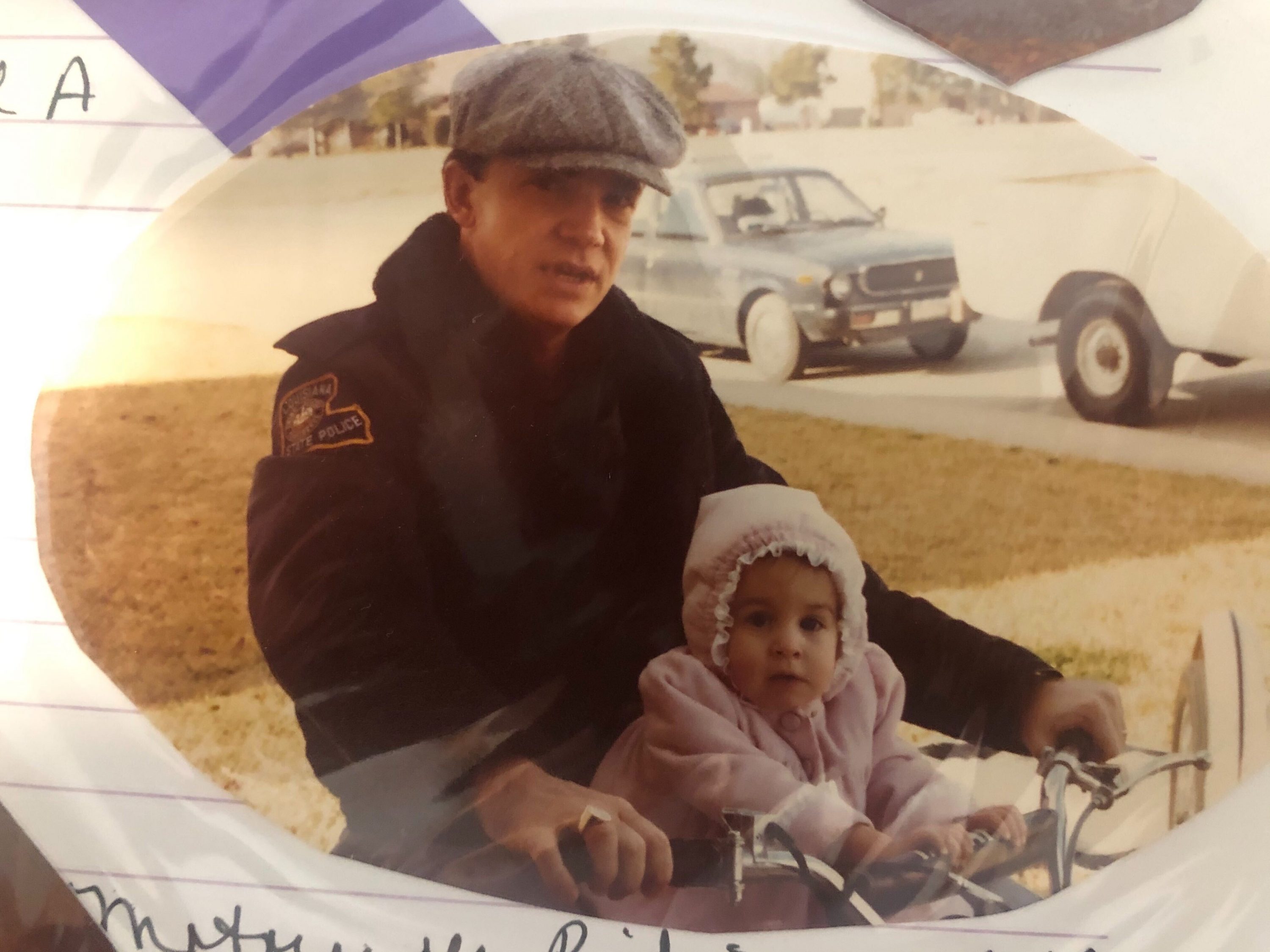
James Joseph Whitney Sr.
September 15, 2009
Genevieve D. Carlos
September 17, 2009At times of disaster, few population groups are as vulnerable as children. Yet their particular needs often are neglected in emergency planning across the country. Even Louisiana, still recovering from Hurricane Katrina, lacks some elements that the advocacy group Save the Children called “crucial minimum” standards to ensure schools and day care centers are prepared to meet child-specific needs during emergencies.
In a report on the issue, Save the Children urged states to enact laws or regulations requiring that childcare facilities have written plans for evacuating and relocating children; for notifying parents of an emergency so they can quickly be reunited with their children, and for accommodating children with special needs.
The report also called for states to require that all schools, public and private, have a written multi-hazard disaster response plan.
Those are common sense standards that all states should pursue. But Save the Children found that only seven states, including Alabama and Arkansas in the South, have statewide requirements in all four of those areas. The group said Louisiana did not meet any of the requirements.
State officials argued that Louisiana has some of the requirements. Department of Education officials said they require every public school district to have an emergency preparedness plan for any type of disaster. Regulations also should cover private schools, though.
Likewise, Department of Social Services officials said they require emergency-preparedness plans from every day care center. But they need to make sure those plans include details on how parents will reunite with children and how they will accommodate children with special needs, as Save the Children suggested.
Katrina exposed how vulnerable young people are during disasters. According to the National Center for Disaster Preparedness, 37 percent of Louisiana children suffered depression, anxiety or behavior disorders after Katrina. Even a task as essential as reuniting families after the storm was neglected, with about 1,300 children still reported as missing 10 weeks after Katrina.
That was disgraceful. In response, officials changed how they track New Orleanians using public evacuation and shelters so that families were kept together during Hurricane Gustav’s evacuation last year. That puts New Orleans ahead of many other communities in our state and the country. State officials should make sure other parts of Louisiana are just as prepared.
The federal government also has more to do when it comes to protecting children. The report pointed out that emergency officials, including at the federal level, often overlook the needs of children during disaster planning. For example, kids often are counted the same as adults in shelters, making it harder to meet their needs. Likewise, shelters rarely house families apart from the rest of the population, leaving children more vulnerable to sexual abuse. The report called for a child advocacy office within the Federal Emergency Management Agency, and that’s something the agency should seriously consider.
It’s hard to foresee every possible need in a time of disaster — Katrina showed that. But better planning leads to better results, as Gustav’s evacuation proved. That’s why officials need to make every effort to ensure the needs of children become an essential part of disaster preparation.
– The Times-Picayune, New Orleans




